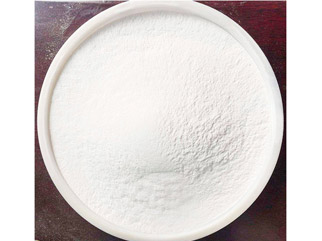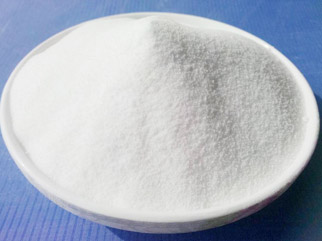1.Film insulation performance
The thin-film breakdown voltage of Parylene C and Parylene N.
One of the characteristics of Parylene is that they can form extremely thin films. The DC breakdown voltage of ParyleneN film and C film was determined to have a positive relationship with the thickness of the polymer. Figure 3 shows a coherent curve. For films less than 5 microns (0.0002 inches), the performance of Parylene C is better than that of Parylene N. These data explain that both Parylene materials have good insulation properties, even if the thickness is less than 1 micron. As the thickness decreases, the breakdown voltage per unit thickness will increase as usual.
Parylene N
2. Circuit board insulation resistance
Parylene is a conformal coating material with excellent properties. It was first applied in the electronics field after its introduction. In 1972, it was included in the US military standard 46058C as a conformal coating material for military printed circuit boards, with a coating thickness of 0.0005-0.002 inches.
As a protective coating for electronic circuits, Parylene does not need to be added with an antifungal agent, and its own antifungal can reach zero levels. In the salt spray experiment, compared with other coatings, the resistance of the circuit protected by Parylene hardly drops, and other coatings have a large drop. Very thin Parylene coating can provide excellent protection performance, and it is also conducive to the disappearance of the working heat of the circuit board. Therefore, as a protective coating, Parylene can make the circuit have higher reliability, especially for the protection of small high-density electronic circuits, Parylene even shows its unique advantages.
A key test of the cherished ability provided by Parylene coating is to coat the test object on the circuit board (as described by MIL-I = 46058C), and perform the insulation resistance test under a temperature-humidity cycle (MIL-STD-202, Mode 106 and Mode 302).
In short, this test includes 10 cycles (one cycle per day), and the daily cycle includes 7 steps. These 7 steps range from low temperature and low humidity (25 ° C, 50℅RH) to more severe conditions (65 ° C, 90℅RH). Each cycle in 10 days uses 65 ° C, 90℅RH as the step Initial reading, as shown in Figure 3:
For the thickness of ParyleneC from 0.002 inches to 0.0001 inches, the test results are shown in Table 2. It is very interesting that even for extremely thin coatings (0.0001 inches), the insulation resistance value is an order of magnitude higher than the specified specification.
3. Dielectric properties
The relationship between Parylene dielectric properties and temperature
Parylene also has excellent junction properties. Because of their high dielectric strength, they can be made into continuous films without all the defects and additives of traditional coatings; both defects and additives can reduce the dielectric strength.
Physical and mechanical properties of Parylene
Due to its high molecular weight (~ 500,000) and high melting point and crystallinity, Parylene cannot be formed by conventional methods such as extrusion or casting. Below 175 ° C, the melting point of organic or other solvents is extremely low, so they cannot be formed by casting. Our company also has Parylene N Manufacturer, welcome to consult.

